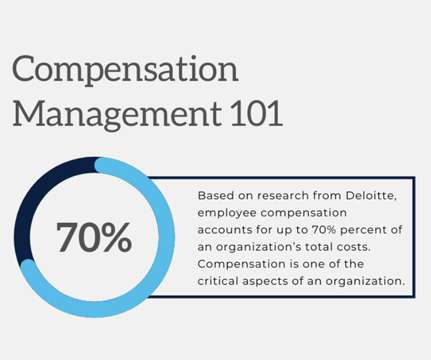Employee Engagement Metrics Every Manager Should Know
HR Guy
MAY 25, 2023
Engaged employees are also more likely to stay with the company long-term, reducing turnover and the associated costs of recruiting and training new employees. Employee Turnover Rate Employee turnover rate is the percentage of employees who leave the company during a given time period.
















Let's personalize your content